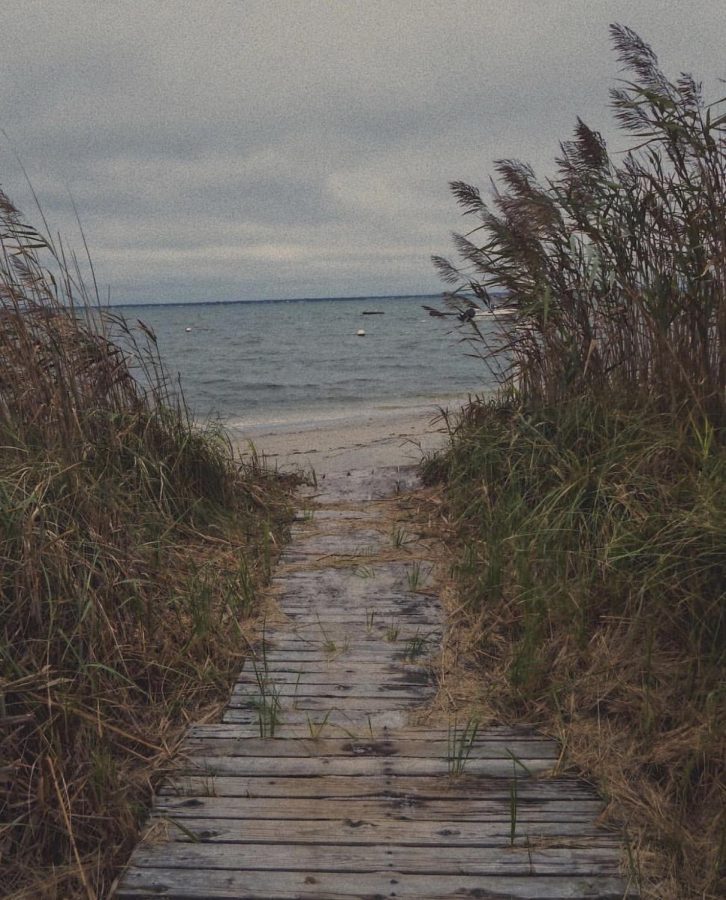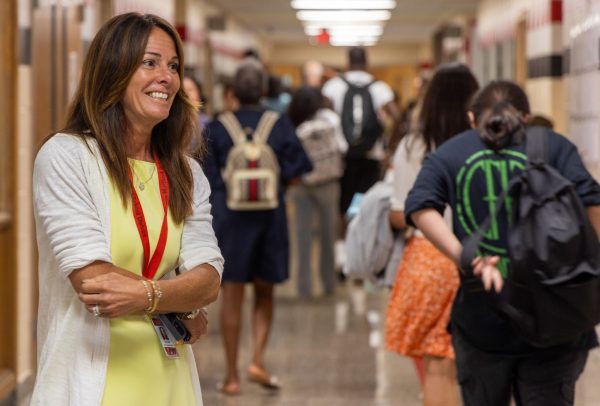Beach Pollution — the Growing Epidemic
How plastic is polluting our oceans and what people are doing to try and help stop it
Photo by Delaney Reh
What can we do to protect our beaches? It’s time to be more responsible and take back what we bring. Leave nothing behind.
Remember that bottle cap you lost on the beach? Well, a seagull just died choking on it. The human race is currently responsible for destroying the marine ecosystem, all thanks to a little invention made in 1907 called plastic.
It’s a known fact that plastic is not biodegradable, which means it’s incapable of decomposing. Consumers are taught to believe that when they toss their trash into a recycling bin, they have just solved the issue of plastic for good. Actually, the plastic is just beginning its journey of polluting our oceans.
Despite, plastics being marketed as disposable and easy to use, in recent decades, it has become more clear than ever that plastic never truly leaves us. Instead, it just breaks down into smaller and smaller pieces and goes into our seas.
In recents studies by the United Nations, it shows how plastic is becoming the deadliest harm to marine life; “plastic pollution costs the lives of 1 million seabirds and 100,000 marine mammals per year, and 8 million tons of plastic per year ends up in the ocean.”
The plastic accumulating on the beach is a growing epidemic in 2018. Trash can be easily found in the water and along the coast. Sea animals are mistaking it for food to eat, and/or getting strangled in it. Also, it’s very possible that plastics are posing a contamination threat to the fish and shellfish we eat; this is a direct concern to our lifestyle.
Different organizations have taken it upon themselves to fight for the cause and prompt beach conservation through clean ups, fundraising, and spreading awareness on social media. These people and organizations work to preserve the beauty of the oceans and to keep the environment as healthy as possible; maintaining a healthier ocean will mean maintaining a healthier world.
4Oceans started selling bracelets online for $20.00,”every bracelet purchased funds the removal of one pound of trash from the ocean and coastlines”.
Mr. Schuster, a Marine Science and Living Environment teacher at Patchogue-Medford High School, took the issue into his own hands by creating the Facebook page called I Take It Back with the mentality that “whatever you take to the beach, you will take back with you”.
He was motivated to start the page after a paddle boarding experience at Smith Point Beach because he was understandably upset over seeing trash left in the dunes by campers. He hopes that if you like the page “you are pledging to take back the things you bring to the beach yourself.”
He proceeded to explain how “The whole I Take It Back movement is really just an attention getter. You have to start somewhere and the starting place I came to in my mind about it was not “ok I’m gonna go clean up that garbage” or “I’m gonna encourage others to clean up that garbage”; I bought back to very, very, very early stage in the beginning and it’s about the making of the decision to leave that trash. And that’s what the point of the page is for people to say “I will be more responsible!”
Inspired by the different marine conservation programs and the Mr. Schuster page, I rallied a group of friends together to go to Corey Beach and clean up any leftover trash for the summer. We were all astonished by how much plastic was found, along the coast and in the dunes one could find number plus plastic water bottles, bags, broken pieces of kids toys, and more.
“It was hard to see how much waste there was on the beach and in our waters and how much of it really does pollute our oceans,” said junior Nicolette Savattere.
Make sure for future visits to the beach, to keep the environment in mind and to know that littering and forgetting to throw trash out will have major consequences. You never know, picking up a piece of garbage could help saving an animal’s life!

Delaney is a senior at PMHS and it is her third year on The Red and Black. She is the Editor in Chief and in the past has held the title of Photo Editor....






